Car Rental
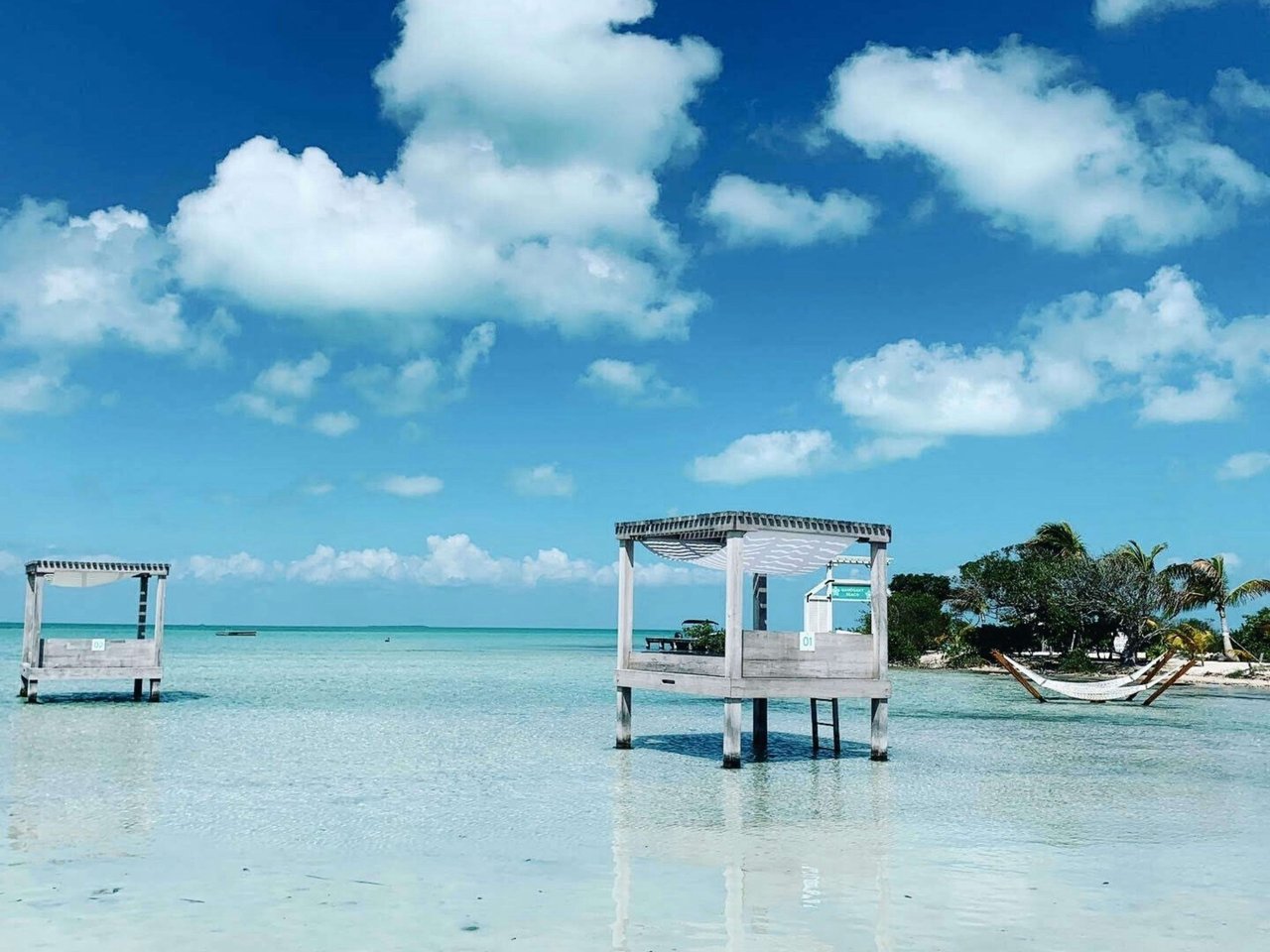

From the moment you arrive in Belize (formerly British Honduras) – whether you are an adventure traveler, part of a family trip, or in the country for a relaxing beach vacation – Belize's people and culture make you feel welcome and comfortable.
In Belize, traditions and customs are varied and represent a mix of influences from Kriol, Maya, Garinagu (Garifuna), Mestizo (Spanish and Native Americans), and Mennonites of German descent with a blend of many other cultures from Chinese to Lebanese. For generations, the people of Belize have demonstrated a cultural commitment to preserve the country’s unique charms. This enduring promise to the land, the waters, and you, the visitor, inspires all to achieve a genuine and intimate connection to a variety of extraordinary experiences.
Expatriates in Belize from Canada, Europe, and the United States make up approximately 10% of the 370,000-plus population. A blending of cultures has resulted in one of the happiest and most peaceful countries in the region and a widespread reputation as one of the world’s friendliest tourist destinations.
Belize’s, government-protected, jungles cover half of the country and are home to over 500 species of birds, wild cats, howler monkeys, and historic archeological sites. (600+ and counting).
Belize is not a third-world country as most imagine. According to the International Monetary Fund’s World Economic Outlook Report 2015, (latest update) Belize is on the list of Emerging and Developing Countries. Destination Belize
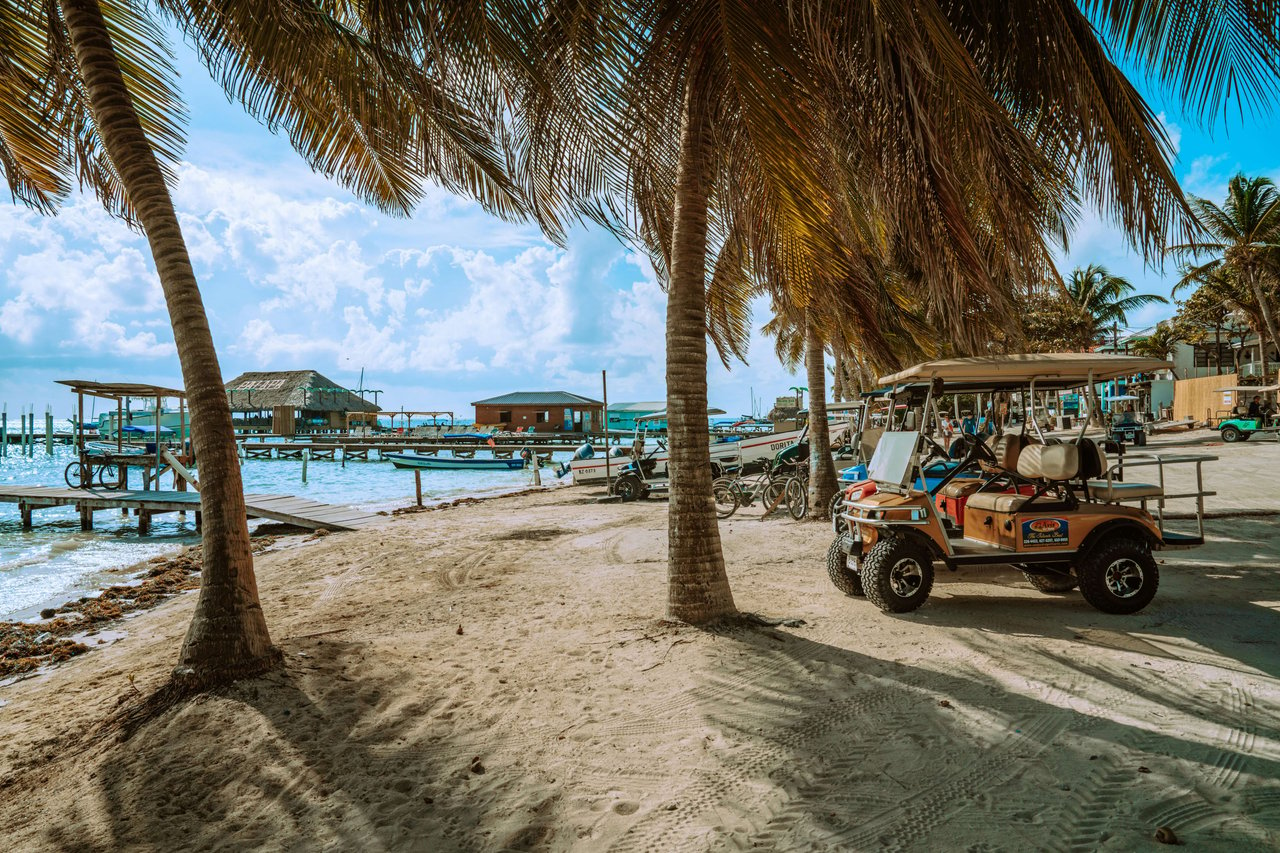
Transportation includes local airlines, helicopter, rental cars, tour operators and buses that make getting around Belize easy. Remember to pack your sense of adventure, whether you’re headed to the beach, a dive site, Maya temples or any combination. Be ready for a journey.
Car Rental
The major car rental agencies are located in Belize City and more so at the international airport.
There is a highway and road system that connects all mainland towns, villages and attractions. This system allows travelers to fashion a unique combination of experiences in one of the last unspoiled places on earth.
Driving at night is not recommended as roads are not well lighted.
All roads in the country are used by vehicles, pedestrians and cyclists, so be careful.
Belize drivers have some local peculiarities such as pulling to the right to let the cars behind pass before making a left turn.
Be sure to get a sturdy SUV or comparable vehicle as the roads are bumpy. One of our favorite is Crystal Auto Rental.
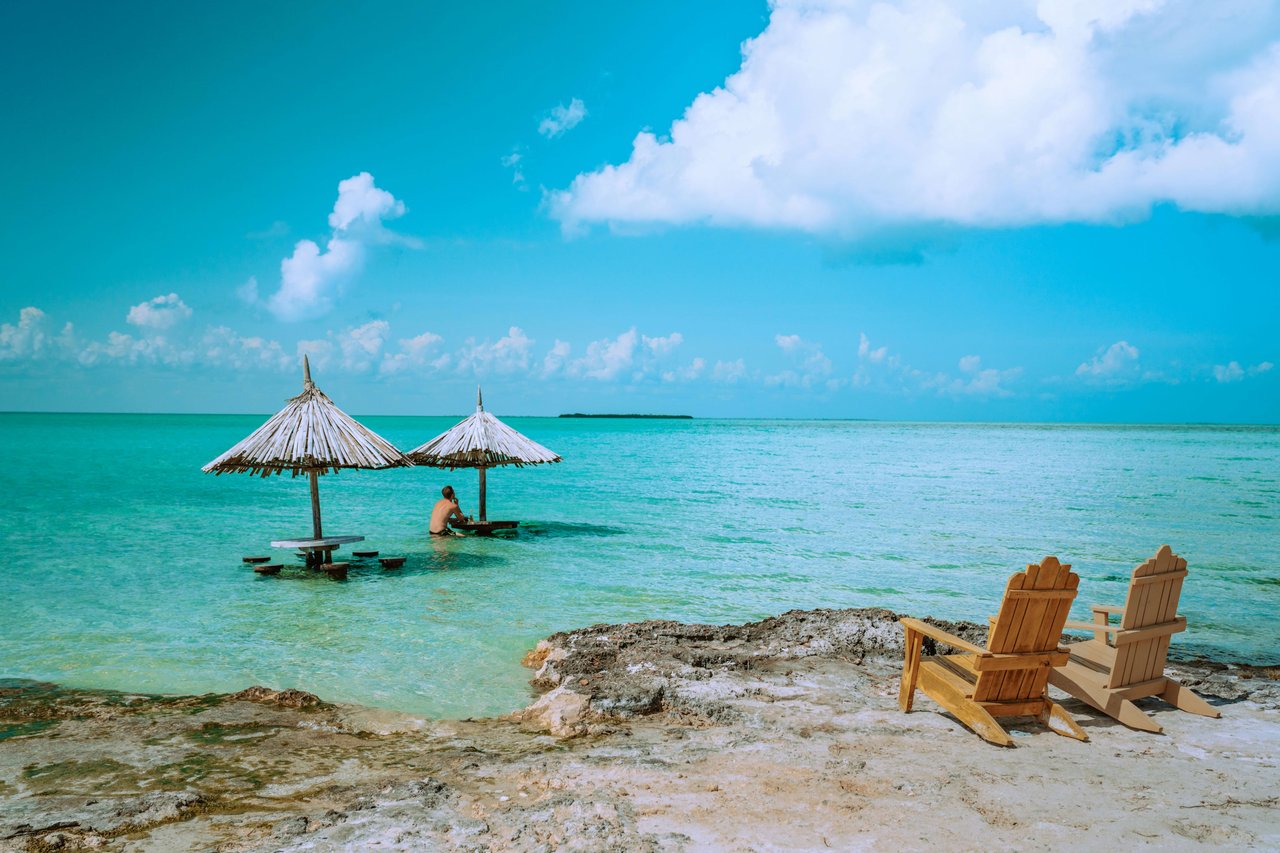
Most Belizeans travel the country using public buses as their primary form of transportation. There are bus terminals in the larger towns and cities with bus stops all over the country.
Boats, known locally as water taxis, are the primary means of transportation between the islands and the mainland and, of course, to barrier reef attractions. Regularly scheduled water taxis operate between Belize City, Caye Caulker, and San Pedro. Take the Belize Express.
Domestic Flights
There are small airports located all around Belize and hopping on one is the fastest and most popular way of traveling, especially for itineraries that combine different in-country locations.
Flight schedules are coordinated with the arrival and departure of international flights, for even more convenient traveling and exploring. Air service is fairly inexpensive at around USD 70 on the way. Maya Island Air and Tropic Air, will get you where you want with breathtaking views along the journey.
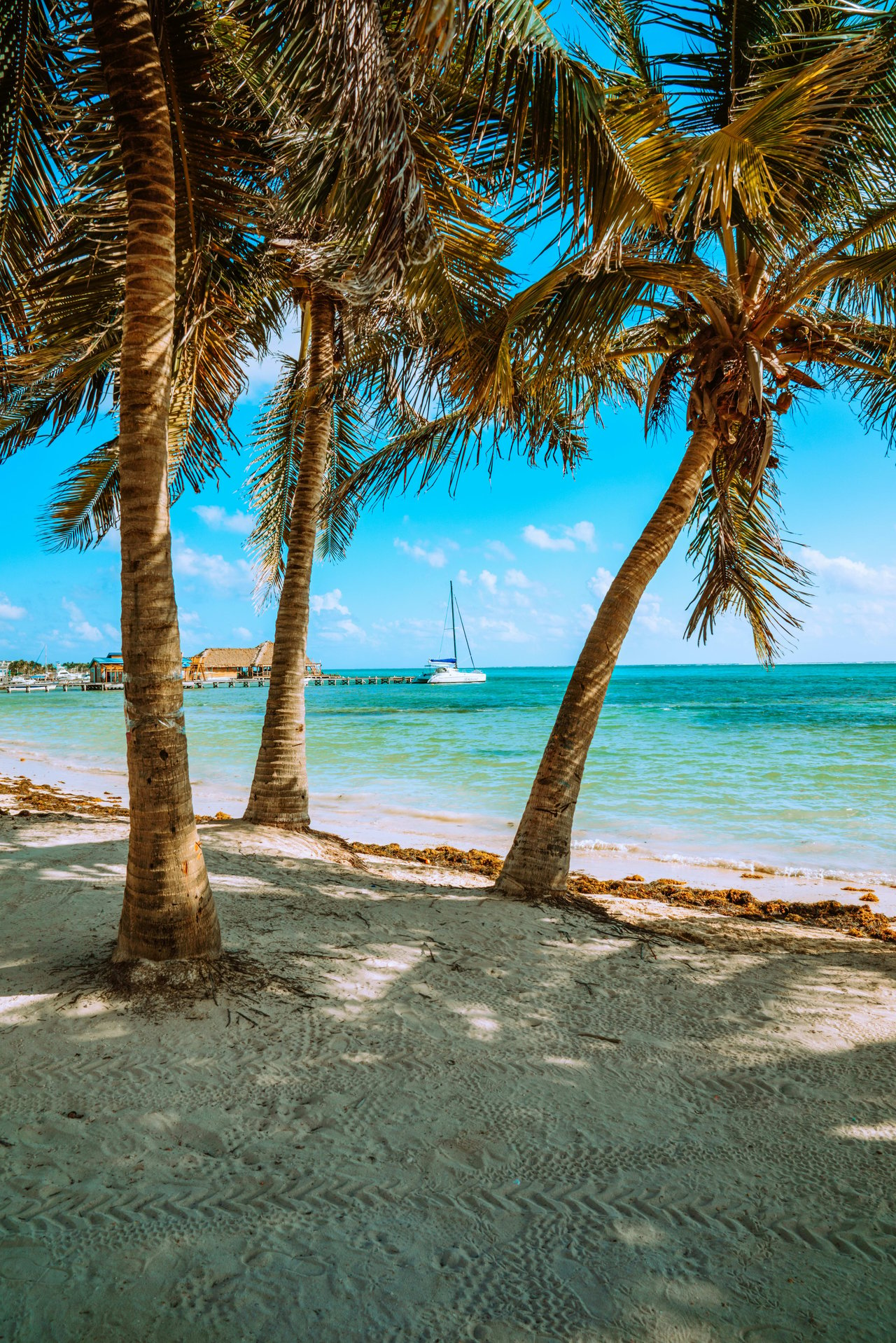
The best time to visit Belize is from late November to mid-April, during the country’s dry season. Although this peak season draws thousands of tourists, dealing with crowds is an easy sacrifice to make for warm temperatures, clear skies, and easy access to the country’s top attractions.
Temperatures in Belize range from 50°F to 95°F with an annual mean of 79°F. November to January are traditionally the coolest months with a 75°F average and May to September are the warmest at about a 81°F average.
The rainy season runs from June to November when annual Belize rainfall is highest. The early months of May and June when rainfall is just getting underway, are a good time to travel to Belize as you can you can escape the tourist rush and hotel rates tend to be lower.
Belize does have a hurricane season, and while statistically, Belize does not attract many major direct hits, it does get its share of severe tropical weather with high winds and rain. Belize does have in place a proven and effective evacuation procedure.

There’s plenty to do and you can’t do it all in one trip. You can always come back as most do. Plan your trip well. Although it is a small country you have a lot to choose from.
Archaeology
Belize has hundreds of archaeological sites covering the entire country. Pretty much anywhere you go you’ll find ancient Maya ruins. All sites are managed by the Institute of Archaeology and have interpretive centers, as well as trained guides to show you around.
Must-visit Archaeological sites in Belize: Altun Ha, Cahal Pech, Caracol, Cerros, Lamanai, Lubaantun, Nim Li Punit, Xunantunich, plus many others. Belize plays an important role in the world of the ancient Mayan civilization.
Canoeing/Kayaking
Whether you’re a beginner at canoeing/kayaking or know your way around a boat, Belize has the waterways for any paddling traveler. Tour companies and jungle lodges also cater to canoe travelers, with some of the best areas being on the Mopan and Macal Rivers in the Cayo District. There, you can paddle through the jungle, see wildlife, and then make your way through little villages to get a look at how life is in less traveled areas. As long as you’re there, you may want to dock your boat and take a jungle hike or stop and say hi to the villagers. After all, just because the river keeps going doesn’t mean you can’t stop and make some new friends.

Fishing
Belize has an abundance of game fish and guarantees excellent sport fishing all year round. Since many rivers empty into the Caribbean Sea, you’re practically guaranteed a daily catch, not to mention the fact that guides have no problem sharing their own “secret” spots with guests.
Explore Turneffe Atoll, which provides you with some of the most desired areas in the world for fly fishing. Bonefish, permit and tarpon are everywhere. Belize is one of few places where you can fish a Grand Slam—bonefish, permit, and tarpon all in the same day.
Hiking
Hikers in Belize can see nature’s unspoiled beauty at its best. The country boasts spectacular caves, reserves, and sanctuaries, which provide endless opportunities for hiking exploration. Some trails are self-guided; some require the expertise of a licensed tour guide who can point out birds, wildlife, and local plants.
Here are the top 10 hiking destinations in Belize, compiled by the Belize Tourism Board. Shipstern Wildlife Nature Reserve, Rio Bravo Conservation Area, Half Moon Caye Natural Monument, Hokeb Ha Cave and Tiger Cave, Cockscomb Basin Wildlife Sanctuary, Five Blues Lake National Park, Mountain Pine Ridge Forest Reserve, The Sapodilla Cayes Marine Reserve, Mayflower Bocawina National Park, Blue Hole National Park.
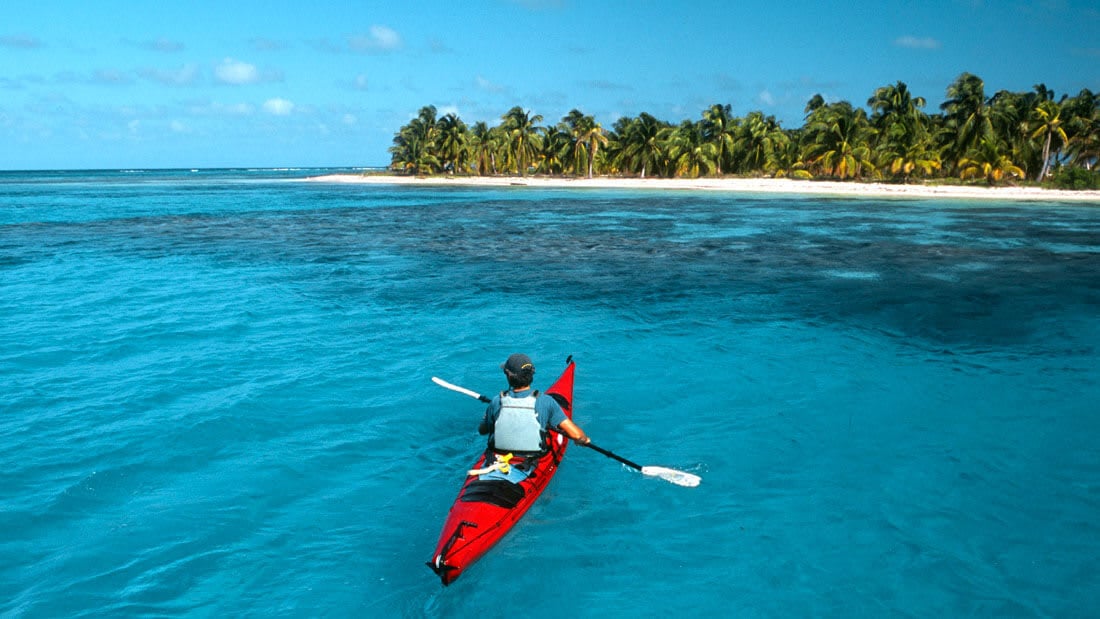
Snorkeling / Scuba
Snorkeling/Scuba Divers from around the world visit Belize for an experience you can’t get anywhere else. Belize is home to the largest barrier reef in the northern hemisphere and has three of only four coral atolls in the western hemisphere.
The Belize Barrier Reef spans 185 miles of the country’s coastline and features dive sites inside and outside the reef. There are countless dive locations for anyone from Dive Masters to beginners. The Blue Hole was originally a cave that formed about 10,000 years ago. It’s visible from outer space and is home to some of the largest midnight parrotfish in the world. The water is clear and underwater visibility routinely extends hundreds of feet, so you can easily view activity under the surface. Since temperatures are similar to that of bath water, the water is always mild. Amazing views and comfortable water temperatures, it’s all here waiting for you.
Caves
Caves were used by the ancient Maya for performing spiritual rituals like sacrificing to their Gods. The caves were considered to be the home of Gods and an entrance to the underworld called ‘Xibalba’ or ‘the place of fear’. Don’t be surprised as to what you will see!
Here are the top 10 caves in Belize: Black Hole, Rio Frio Cave, Barton Creek Cave, Chem Chem Ha Cave, Actun Tunichil Muknal, Caves Branch Cave System, Laguna Cave, St Herman’s Cave, Tiger Cave, Hokeb Ha Cave.

Visitors to Belize must possess a passport valid for at least three months after the date of arrival and a return ticket. Visitors are given a one-month stay, after which an extension can be applied for with the Immigration Department.
Visas are not required for citizens of the United States, Canada, United Kingdom, European Union, Caribbean, and Central American countries.
Don’t attempt to bring a Drone into the country without the proper paperwork and license before your trip, it will be confiscated and held until your departure.
U.S. residents returning to the States are permitted a US $400 duty-free tax exemption. You are NOT allowed to take back: pre-Columbian articles, fish, coral, or shells. These items, if found, will be confiscated and you may be prosecuted. Firearms are not permitted to be taken into or out of Belize.
Communications
Cell towers are everywhere. Put your cellphone on international service and you're good to go although most locals will not answer an out-of-country number. WhatsApp is the App of choice so save your international service fee and just download WhatsApp and you're good to call or text, free of charge. Most of the TV watched is US television and if you need money from home Western Union services are available.
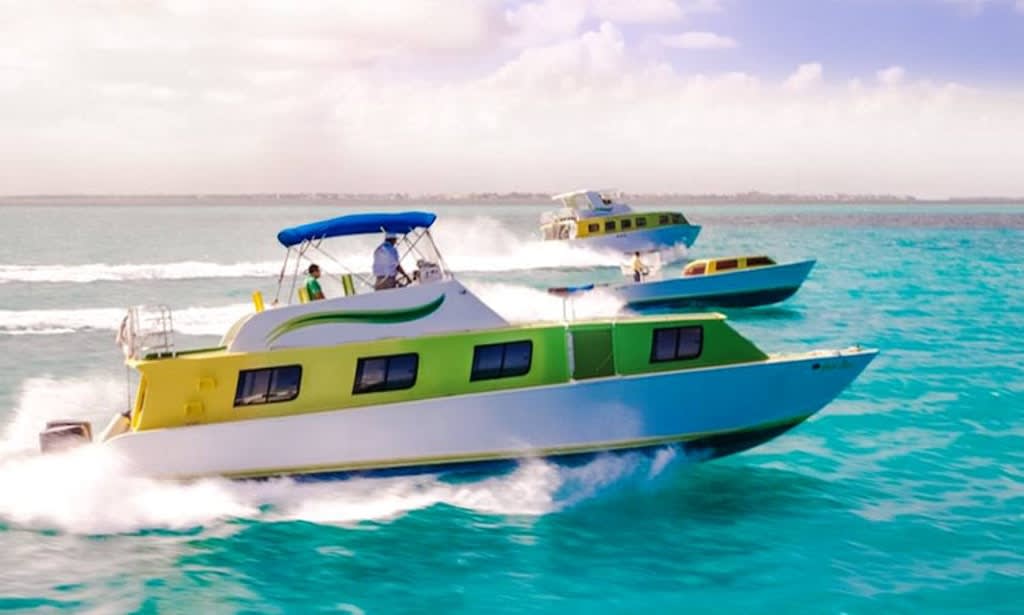
The Belize Dollar is the local currency. One U.S. dollar is worth two Belize dollars, $1 = $2 BZD. U.S. dollars are accepted everywhere but be prepared to receive change in both US$ and BZ$.
Check with your credit card company to see if they charge a foreign transaction fee. Most all major credit cards and traveler’s checks are accepted at your larger merchants.
Local small merchants only accept cash and will give change in BZ only. Take small denominations as most merchants do not carry enough money to accept large bills. Local banks will exchange but not at 2 to 1. When in doubt, just ask.
Dress
As Belize has a tropical climate, lightweight clothing is best, 100% cotton is not recommended.
When traveling during the rainy season (June – August) a light jacket, long sleeved shirt and long pants may be needed for cooler days.
It is advisable to bring along sun screen and insect repellant; they will come in handy.
Taking fish oil a month prior to your visit and during your visit will keep the bugs away. They don’t like the smell.

Language
The official language of Belize is English, although Spanish is also found especially in the northern and western districts. An English Creole dialect is spoken most commonly throughout the country.
Electricity
110 Volts at 60Hz
Emergency Numbers
(501) is the Country Code
(911) Police Department (countrywide)
Postal Rates (US$)
To the U.S. – $0.30 for letters & $0.15 for postcards
To Europe – $0.40 for letters & $0.20 for postcards
Belize Postal Service
Taxes
Belize does have a General Sales Tax (GST) which currently adds 12.5% on top of most goods and services within Belize. There is a 9% Hotel Tax. It is fairly customary to see a 5-10% service charge as well.
Tipping
Look at your bill as it is fairly customary to see a 5-10% service charge. If not a standard 15% gratuity is appreciated. Belize’s Minimum Wage is $3.30 BZ ($1.65 US), although the average graduate, with at least an Associate’s Degree, would expect to be paid a minimum of between $4.44 BZ and $6.25 BZ an hour.
Water
Much of the drinking water in Belize is considered safe to drink. Placencia peninsula has some of the cleanest water in Belize and is completely safe to drink. Other parts of Belize where tap water is currently drinkable are Ambergris Caye, Mango Creek, Big Creek, Independence, and Seine Bights Village. When in doubt bottled water is best.
Time Zone
Belize observes Central Standard Time (CST) all year. It does not observe Daylight-Savings Time (DST). Belizeans take off from noon until 1:00 pm so most everything is closed except for restaurants and bars. It’s to avoid the afternoon slump and rejuvenate.
Vaccinations
Talk to your doctor! Typhoid. You can get typhoid through contaminated food or water in Belize. CDC recommends this vaccine for most travelers, especially if you are staying with friends or relatives, visiting smaller cities or rural areas, or if you are an adventurous eater.
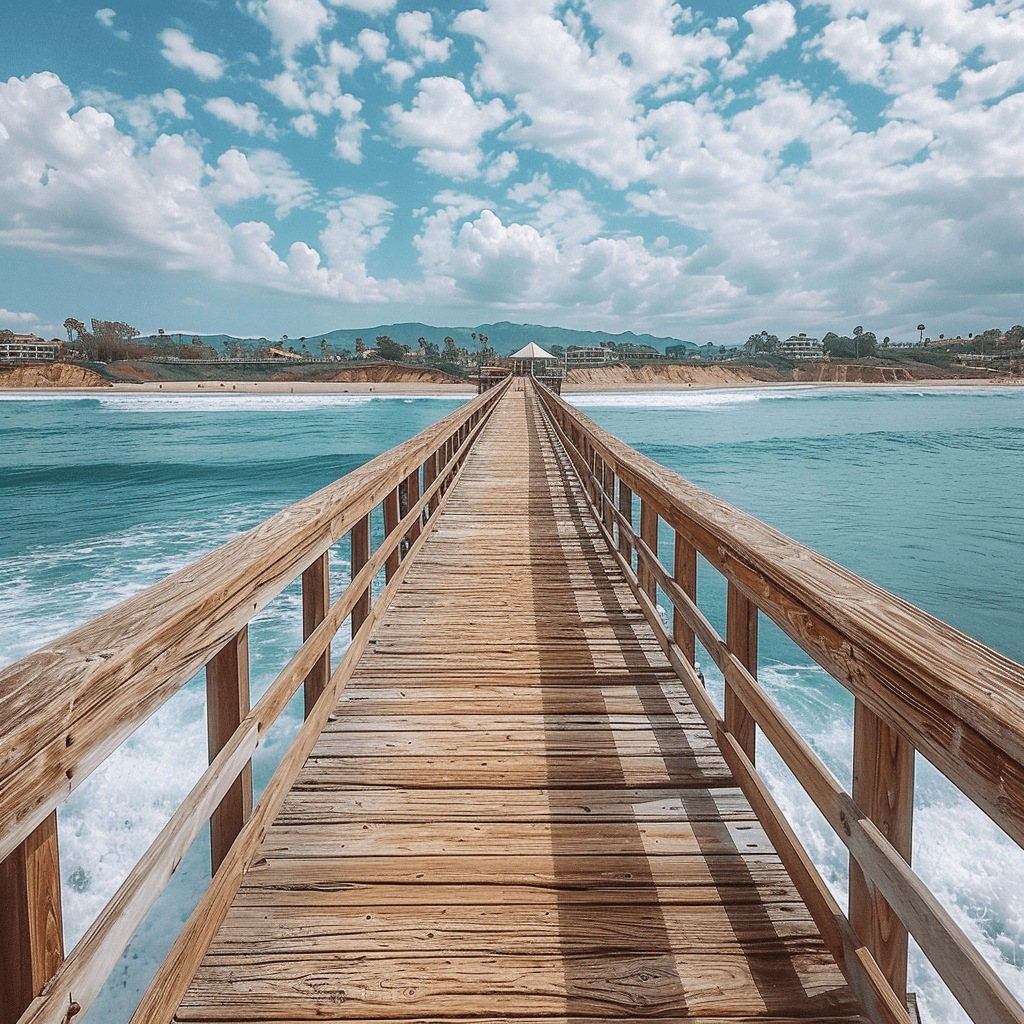
Belize’s Black Howler Monkeys, locally known as “Baboons” are one of the top 10 loudest animals in the world. Close to 1 million tourists visit Belize annually, 70% of whom are North Americans. The Belizean seawater temperature averages between 79 to 83 degrees F.
Whale sharks is the largest of any fishes alive today and are harmless to humans – they eat plankton and fish eggs. You can see them when in season off the coast of Placencia.
Approximately 1,000 Mayan ruins are scattered throughout Belize. Most are unexplored and sadly some like the famous Noh Mul have been destroyed and used for road fill.
Belize’s mainland is about 180 miles long and up to 68 miles wide.
If you select Gibnut from a menu, you’re about to dine on a rainforest rodent (Paca Cuniculus) which is a popular game meat in Belize also known as the Royal Rat. (The Queen of England ate it during a visit to Belize and gave it the Royal Thumbs Up).
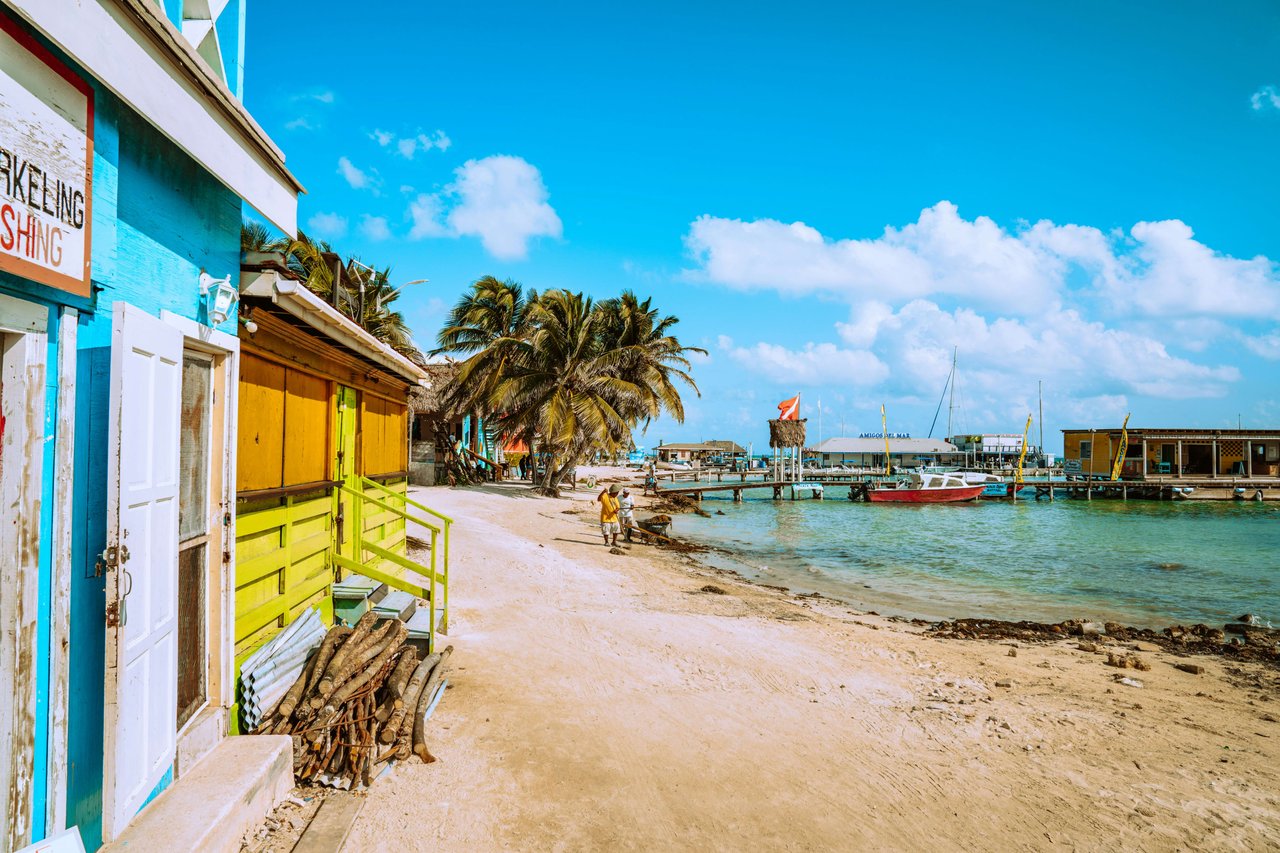
Belize’s wetlands are home to two of the 23 species of Crocodilians, the freshwater Morelet’s Crocodile and the saltwater American Crocodile.
Some of Belize’s most interesting place names include Baking Pot, Double Head Cabbage, Laughing Bird Caye, Cattle Landing, Monkey River, Gallon Jug, Bullet Tree Falls, Teakettle, More Tomorrow, Never Delay, Crooked Tree, Hummingbird Highway, Raspaculo (scrape your bottom), Sal Si Puedes (come out if you can) and Labouring Creek. Like in many deeply religious countries, many Belizeans avoid swimming in the sea or rivers on Good Friday with the belief that it can bring misfortune.
The least visited destination in Belize is Toledo, sometimes referred to as “the forgotten district” (1,669 square miles of rainforests, mountains, rivers, and Maya Villages).
Belize is the only Central American country with English as its official language. However, you will hear a variety of Spanish, Creole, and Maya in some greetings.